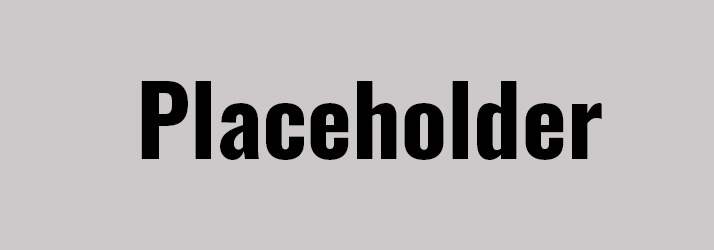What is cold laser therapy?

Cold laser therapy, also known as low-level laser therapy (LLLT) or photobiomodulation, is a non-invasive therapeutic approach that utilizes low-intensity light to stimulate healing, alleviate pain, and reduce inflammation. Gaining popularity over the last few decades, cold laser therapy has piqued the interest of researchers and clinicians alike, who are continually discovering new applications and benefits for this cutting-edge treatment. In this article, we will explore the principles behind cold laser therapy, its mechanisms of action, and the various conditions it can treat.
Understanding Cold Laser Therapy
Unlike traditional high-intensity lasers used in surgeries, cold lasers emit light at low levels that do not generate heat. These low-energy light waves, typically in the red and near-infrared spectrum (600-1000 nm), penetrate the skin and interact with tissues at a cellular level, promoting healing and pain relief. Cold laser therapy is painless, non-invasive, and poses minimal risk of side effects, making it an attractive option for a wide range of patients.
Mechanism of Action
Cold laser therapy works at the cellular level, targeting the mitochondria - the powerhouse of cells responsible for energy production. The low-intensity light stimulates the production of adenosine triphosphate (ATP), the primary cellular energy source. This increase in ATP accelerates cell regeneration, repair, and growth, thus promoting healing and reducing inflammation in the targeted area.
In addition, cold laser therapy has been shown to have anti-inflammatory effects by reducing the levels of pro-inflammatory cytokines and increasing the production of anti-inflammatory compounds. This reduction in inflammation can lead to a decrease in pain and improved function of the treated area.
Applications and Conditions Treated
Cold laser therapy has been successfully used to treat a wide range of conditions, including:
- Musculoskeletal Conditions: Cold laser therapy can alleviate pain and inflammation caused by conditions such as arthritis, tendonitis, bursitis, sprains, and strains. It may also aid in the recovery process after injuries or surgeries.
- Neuropathy: This therapy has shown promising results in reducing pain and improving function in patients with peripheral neuropathy, a common complication of conditions like diabetes.
- Wound Healing: Cold laser therapy can accelerate the healing process of skin ulcers, burns, and other types of wounds by promoting cell regeneration and reducing inflammation.
- Skin Rejuvenation: Dermatologists have found that cold laser therapy can improve the appearance of aging skin, reduce fine lines and wrinkles, and improve skin elasticity.
Cold laser therapy is a versatile and non-invasive treatment option that can alleviate pain, reduce inflammation, and promote healing in a wide range of conditions. As research continues to advance, it is expected that new applications and benefits of this innovative therapy will be discovered, further solidifying its role in modern medicine.



